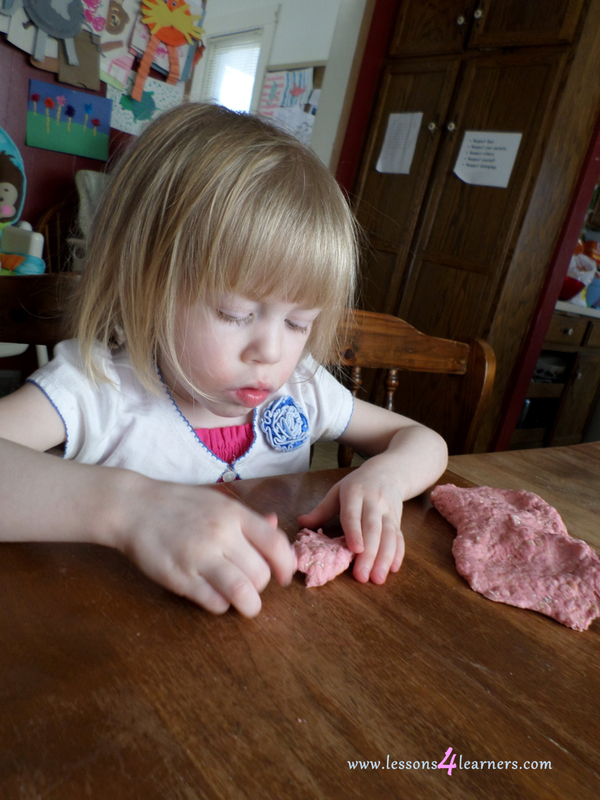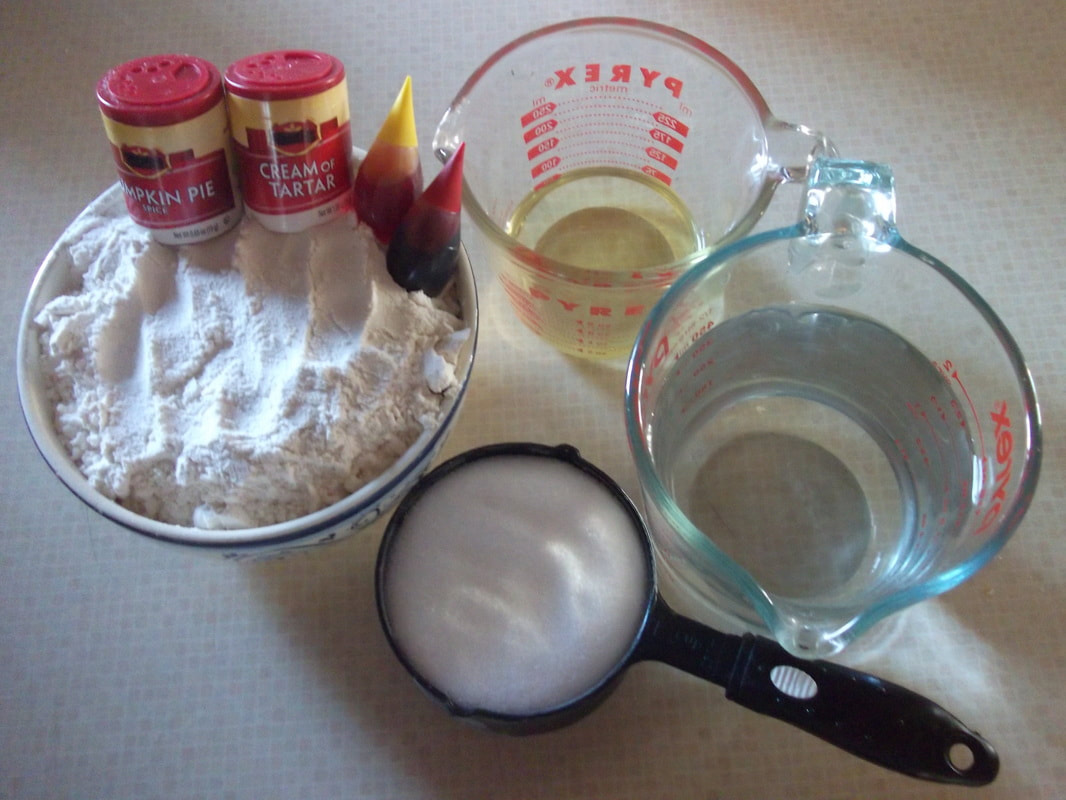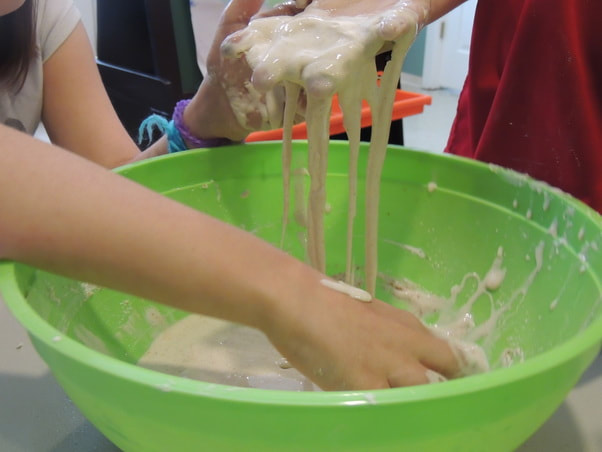Sentry Page Protection
Unit 2 Student Login 
Unit 2 Student Login
Welcome, (First Name)!
Enter Member Area
(Unit 2) Topic 2: Playdough
2 Clock Hours of Early Childhood Education































